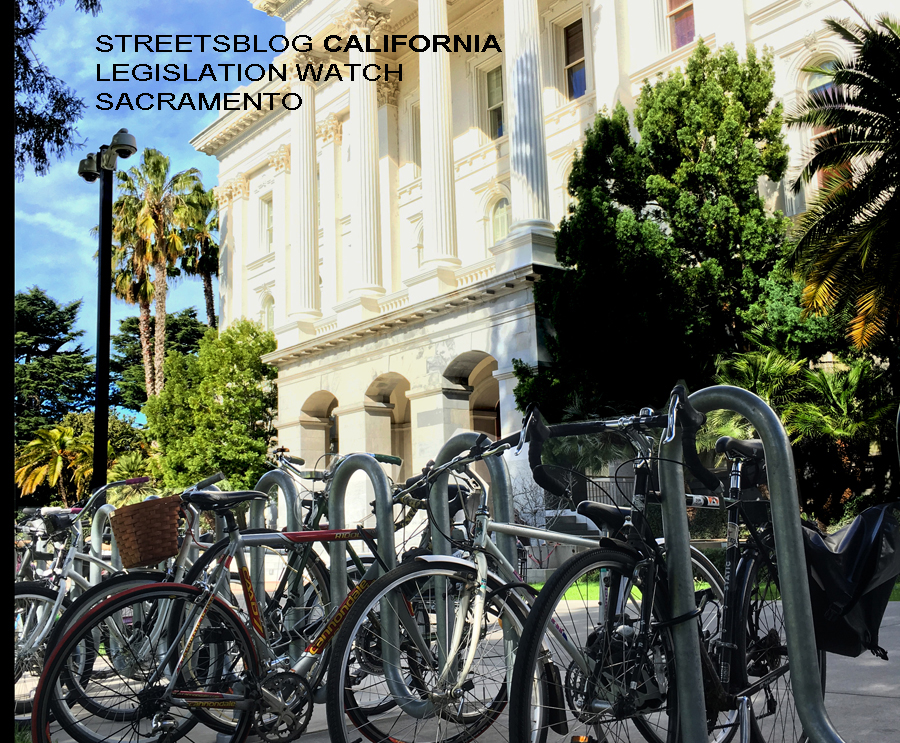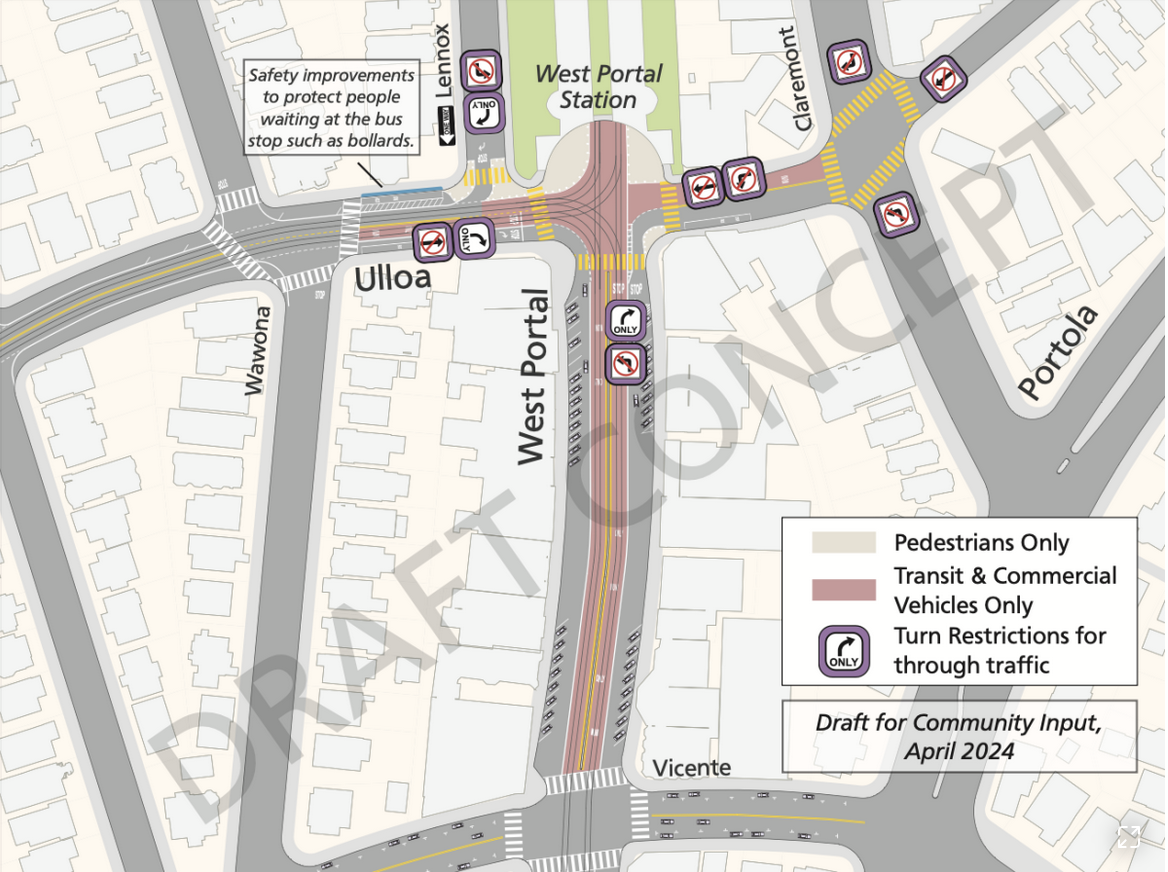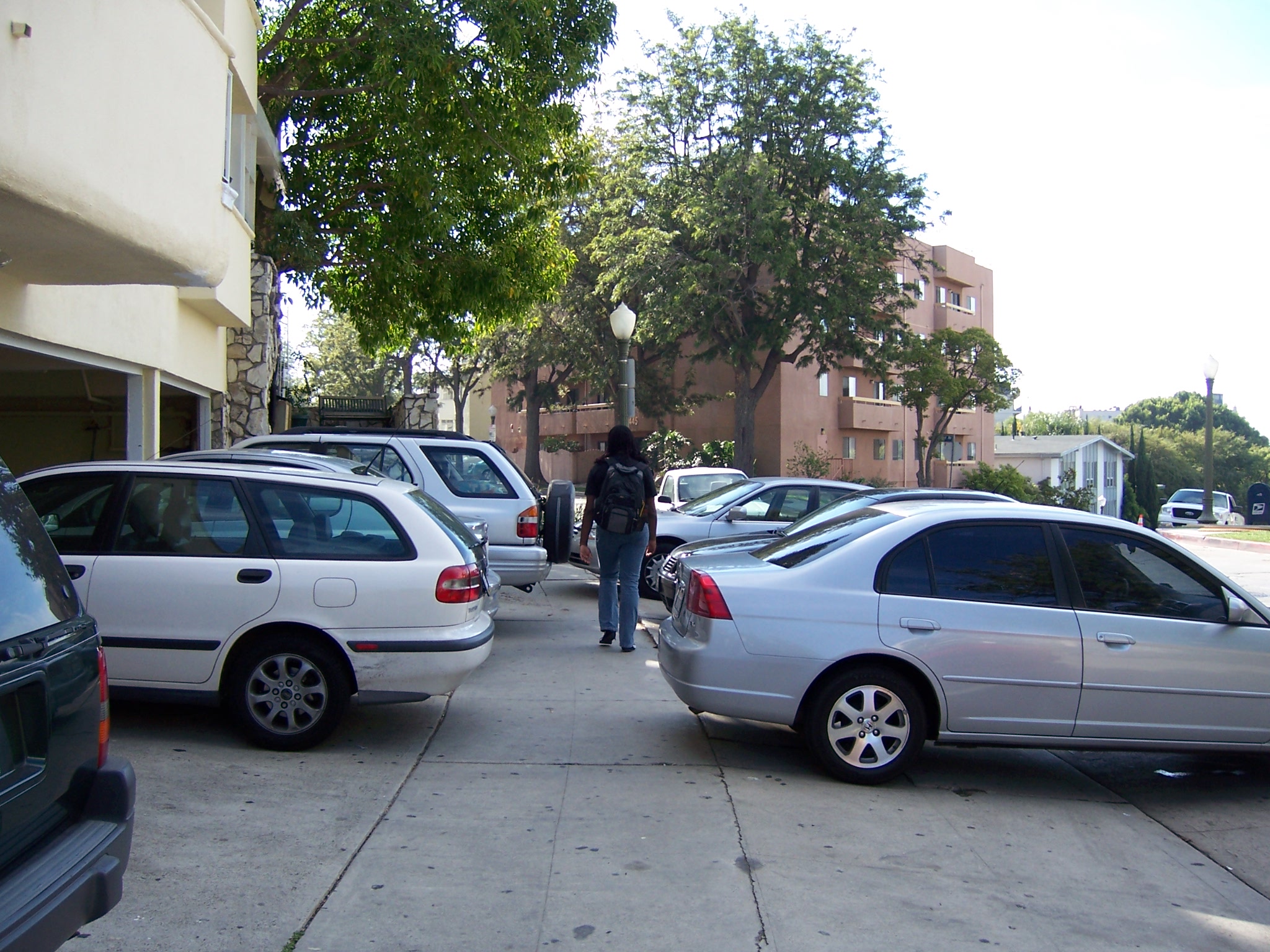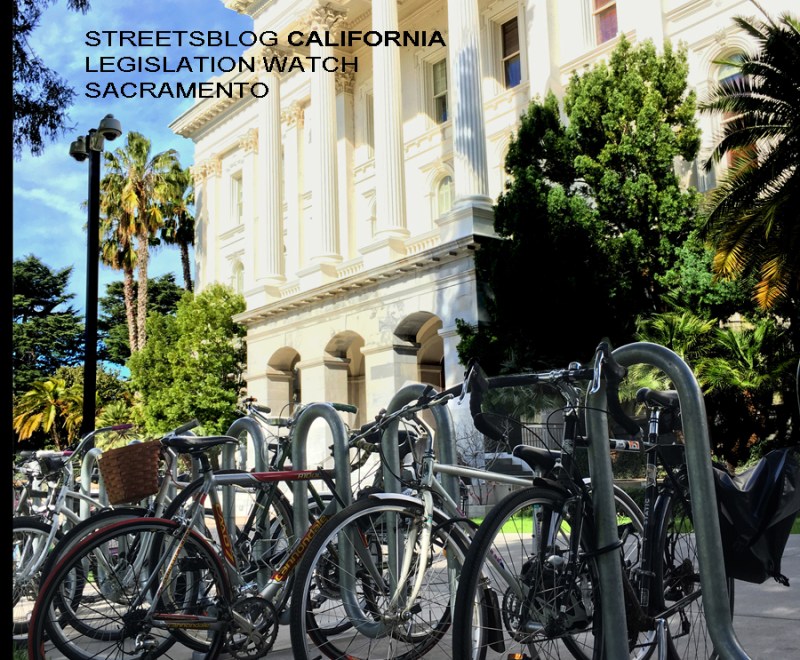Two state bills on improving transit in the Bay Area were recently introduced in the California Assembly. Both may face uphill battles in the short time left to pass legislation in the current session, but both push forward important conversations.
At an event in San Francisco last night, transit advocates celebrated the announcement of A.B. 2057, a bill from Assemblymember David Chiu (D-San Francisco) that is aimed at finding a way to simplify the experience of transit riders in the area. To get across the region now, riders frequently have to transfer from one agency to another. That often means dealing with inconvenient, badly timed connections, having to pay new fares at each transfer, and navigating different fare structures even when using the supposedly universal Clipper Card.
Ian Griffiths, policy director for Seamless Bay Area, the bill's sponsor, pointed out that local public support for transit taxes in the Bay Area is strong. But, he said, "that support is predicated on an assumption of access to a seamless, integrated, and standardized regional transit system that is easy to understand and use." That is just about the opposite of what currently exists in the Bay Area, where 27 different transit agencies serve different but overlapping areas with only limited coordination between them.
According to Griffiths, achieving such a seamless transit experience is possible. But it will mean creating a clearly defined vision and goals, investing in coordination and collaboration, and "creating institutions that can take charge and deliver." A.B. 2057 would focus on the first and third of these steps.
The bill would "establish the state's intent to designate a network manager with authority over fares, standards, and schedules," he said, and "create a temporary task force to reorient transit goals towards delivering service and achieving mobility goals."
Bay Area transit agencies have been famously reluctant to work together. The expensive and seemingly endless issues the region has had trying to coordinate on a regionwide payment system via the Clipper Card is one example of the foot-dragging and blaming that goes on. The regional transportation authority, MTC, has been unwilling to even study the issue of fare integration.
That's why a state bill may be necessary to make this happen.
Chiu talked about how hard it is for people who drive to understand the obstacles faced by people trying to cross the region via transit. "Think of someone driving," he said, "and the freeways they might use... What if every time you switched from, say, the 101 to the 92 to the 280, you had to switch to a different app to be able to drive on that freeway? That's what [riding transit] can be like."
At last night's event, both Chiu and Seamless Bay Area emphasized that the bill will need a lot of support, and urged advocates to reach out to their representatives, volunteer, and donate to the Seamless Bay Area Action fund.
"I have been told this is taking on the impossible. We need people power," said Chiu. "On the other hand, this is the best launch party for any bill I've ever worked on," he said, to laughter and cheers from the more than 100 people in attendance. Transit agencies may have concerns and questions, he said, but the issue is "not going away."
"Even though this is a regional bill, it will be voted on by the entire state legislature," said Chiu, "so it's crucial that local representatives are in support."
Meanwhile, Assemblymember Rob Bonta (D-Oakland) introduced a bill that for now contains "spot language" but is meant to help create bus-only lanes on the Bay Bridge. For now, A.B. 2824 establishes the intent to lower greenhouse gas emissions and make transit more efficient "to create a more environmentally sustainable, equitable, and efficient approach to transportation."
The S.F. Examiner reports that local officials and transit agencies have come out in support of the idea.
The MTC has said it wants first to study the approaches to the bridge to speed up bus access, before any focus on the bridge itself. Caltrans, which operates the bridge as a state highway, is sure to weigh in on the discussion.
Speeding up the commute for bus riders on the bridge is a worthy goal and ought to be pursued. But equally important will be planning to increase the frequency of bus service across the bridge, and to improve connections to and from those buses at both ends.
Also, as in any case where changes are made that affect car drivers, there will be backlash. There are already many people commuting across the bridge via bus, but they are somewhat invisible to the car drivers stuck in their individual vehicles. Those drivers tend to complain loudly whenever changes are made that they perceive to be to their disadvantage, and the media loves to amplify those complaints.
Supporters of bus-only lanes should be ready to counter claims about worsening car traffic and even, perhaps, the assertion that bus-only lanes, like bike lanes, create more emissions. Neither does, but it's an argument that hasn't yet been squelched.
Bus-only lanes implemented on L.A.'s Flower Street starting last May have proven to carry many more people than cars can through the busy corridor. With the limited space available on the Bay Bridge, it's time to think about how to use it in the most efficient way possible. Private cars with solo drivers don't seem to be that.





